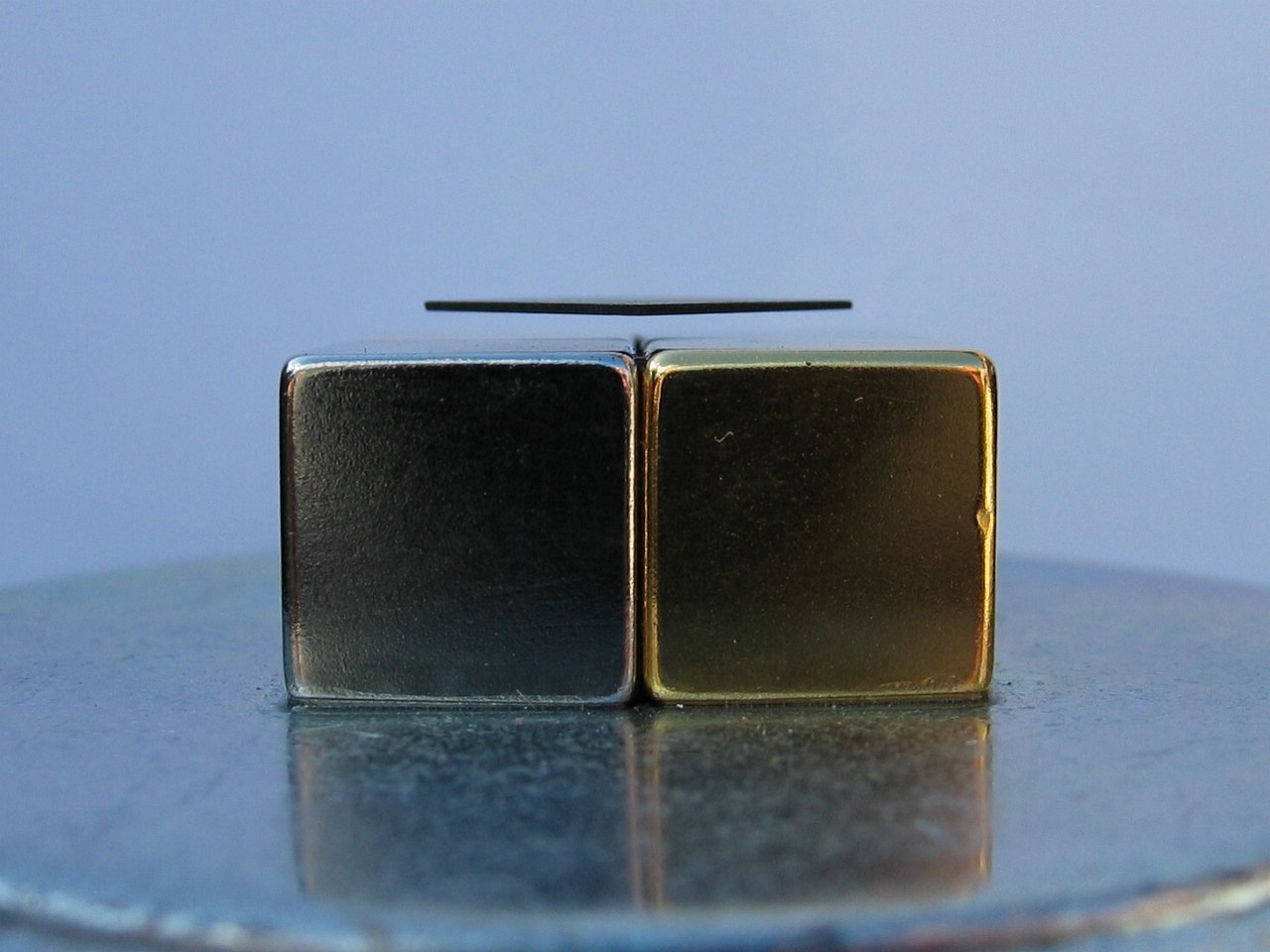Earlier this year, we heard about the world record on fastest train being broken by the Japanese bullet train. And yes, as you could have guessed from the title, it’s a maglev train! The train reached a record speed of 590 kilometers per hour on a test track which don’t use metal tracks. They float nearly 10 cm above special guideways, allowing for frictionless movement and work by using magnets to push the train away from the tracks and drive the train forward.
But how does magnetic levitation work? And what is its link to MO theory?
We have learnt that by drawing MO diagrams, we can determine the magnetism of a material – paramagnetic or diamagnetic. Apparently, diamagnetic materials are imperative in magnetic levitation.
Stable levitation with permanent magnets was proven impossible by British mathematician Samuel Earnshaw in 1842 in his Earnshaw’s Theorem which states that a collection of point charges cannot be maintained in a stable stationary equilibrium configuration solely by the electrostatic interaction of the charges. Imagine putting permanent magnets on top of each other with their like poles meeting. They do indeed repel but will not float – the top magnet will simply slip aside and fall. Unless we put walls over the magnets to prevent slipping, the magnets won’t float.

In the picture above, the stick acts as the axis of stabilization to prevent the ring magnet from slipping. Without the stick the magnet will not float.
That is why diamagnetism is the key to magnetic levitation, as they provide the extra stabilizing force needed. Diamagnetic materials are materials which induce a weak magnetic field in the opposite direction when exposed to a magnetic field. They thus repel, and are repelled by a strong magnetic field. Generally, however, this repulsive force is not strong enough to overcome the force of gravity on the Earth’s surface. To cause diamagnetic levitation, both the diamagnetic material and magnetic material must produce a combined repulsive force to overcome the force of gravity.
One way to do this is by placing a diamagnetic material in a strong magnetic field. A thin piece of pyrolytic graphite (a diamagnet) is placed over a strong rare-earth magnet. The pyrolytic graphite is levitated above the magnet.

Another way to do this is by placing a magnetic material in diamagnetic fields with a biasing magnet. A permanent magnet is placed in the field of an electromagnet, and stabilized by diamagnetic plates put above and below the magnet. The magnet is levitated at a point far below the electromagnet where it is stable horizontally, but vertically unstable. The diamagnetic plates above and below stabilize the vertical motion.

The figure above shows the setup with the magnet levitated 2.5 m below an unseen 11 T superconducting solenoid stabilized by the feeble diamagnetism of fingers (x’1025). The magnet here is Ni-Fe-B which is a very strong rare-earth magnet. If a stronger diamagnetic material such as graphite is used for vertical stabilization, the levitation can be accomplished with common permanent magnets.
So why be a magician and do the trick by illusion when you can be a chemist and accomplish this for real? ;p
P.S. Although here we said that diamagnetism is imperative for stability of levitation, maglev trains do not actually use diamagnetic materials. Instead, they use some sort of dynamic feedback to keep the train stable. Because of Earnshaw’s Theorem, there is instability when using static fields (Earnshaw’s assumption is that the magnets are fixed), but we can create levitation with permanent magnets if the fields are time-varying. By detecting the position of the train and then varying the strength of electromagnets which are acting on the object, we can keep the train levitated if we program the system to weaken the strength of the magnet whenever the object approaches it and strengthen when it moves away. 🙂